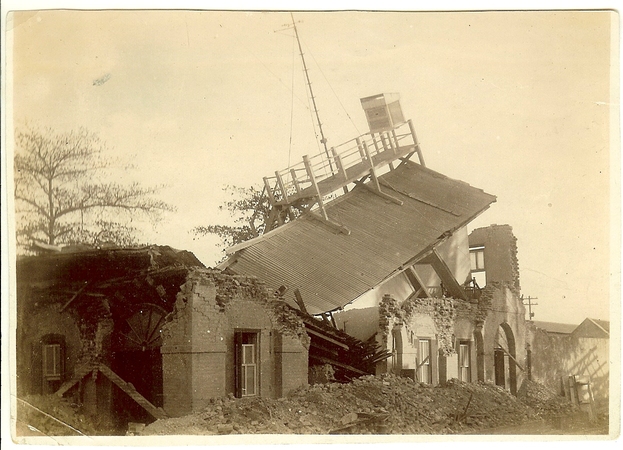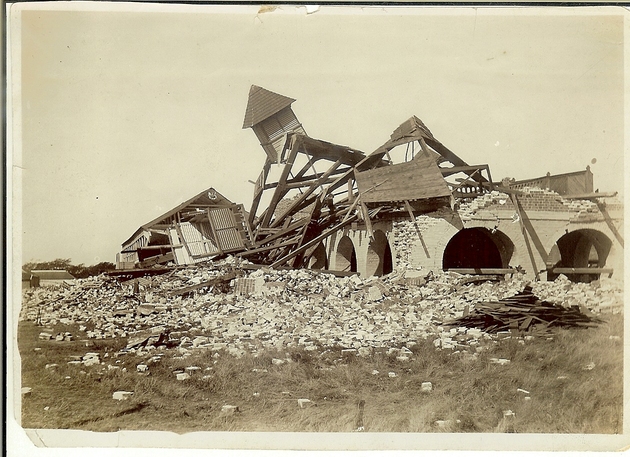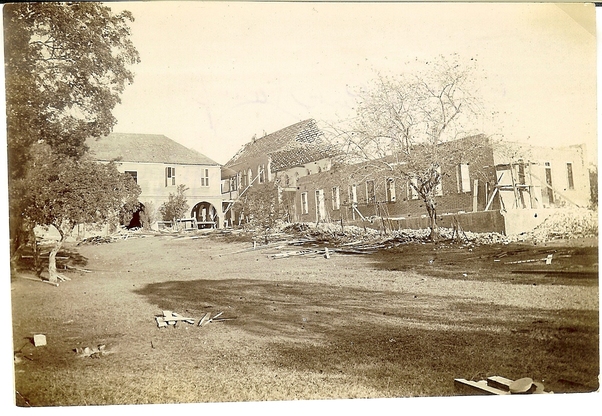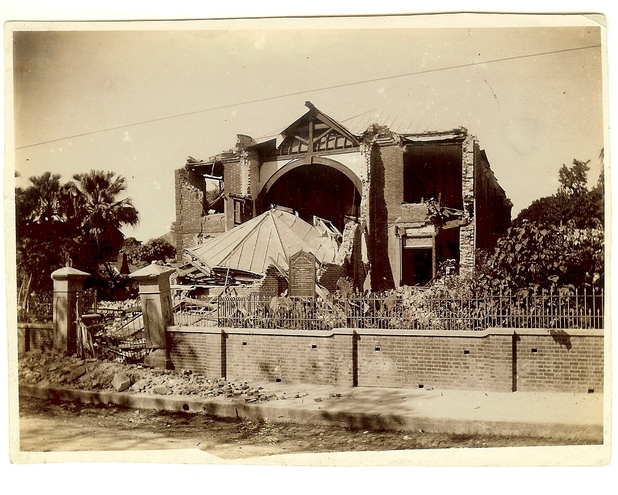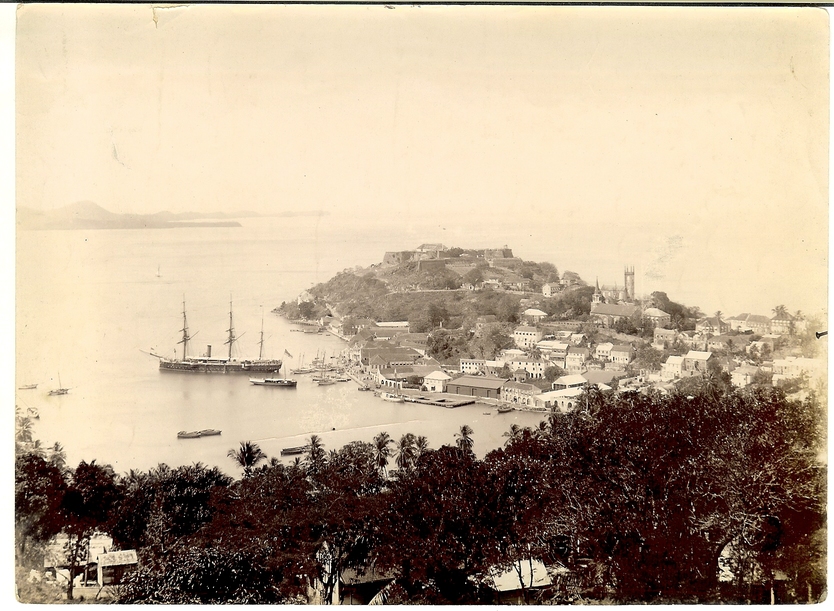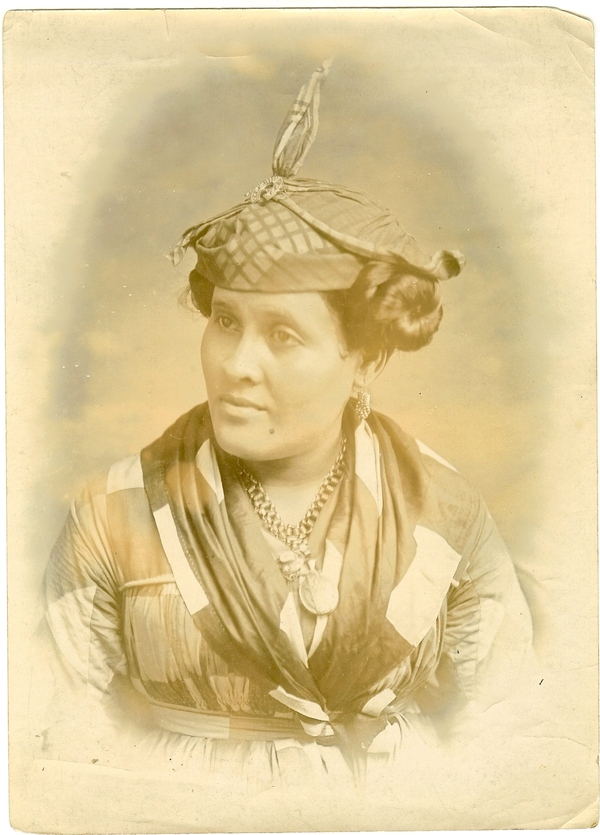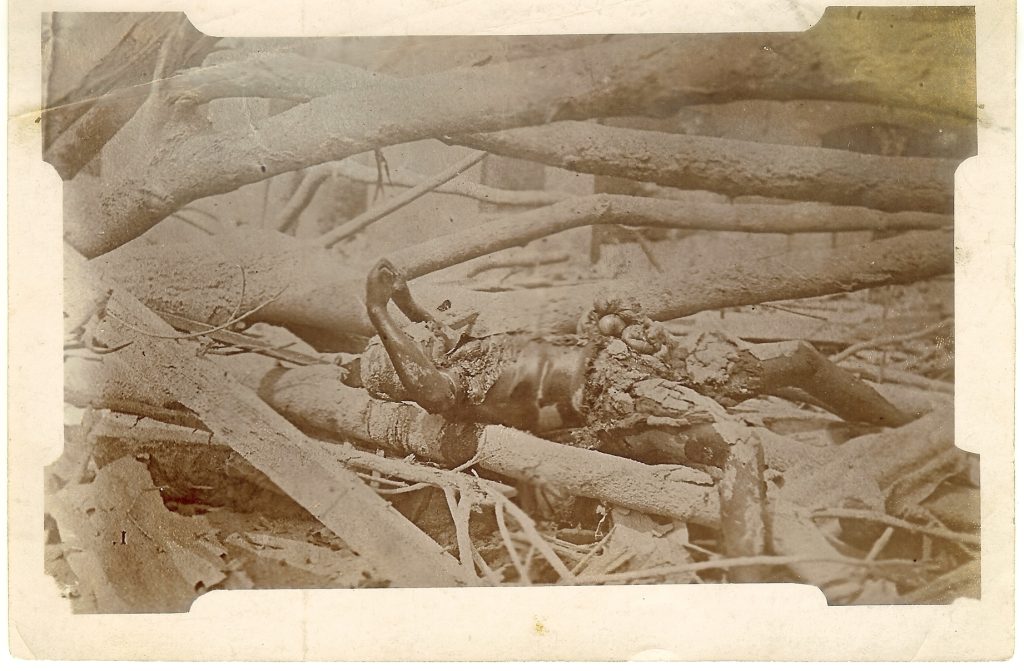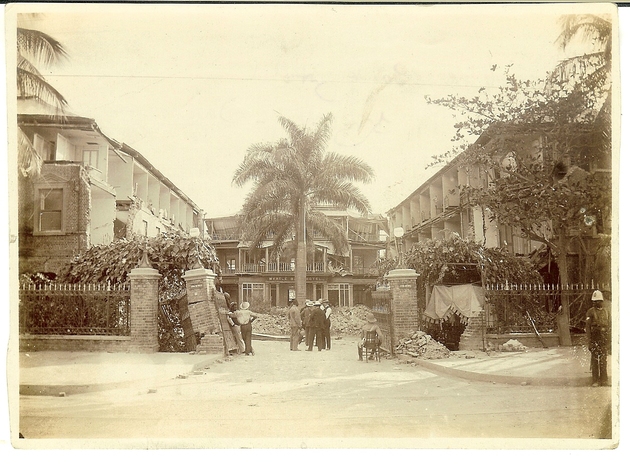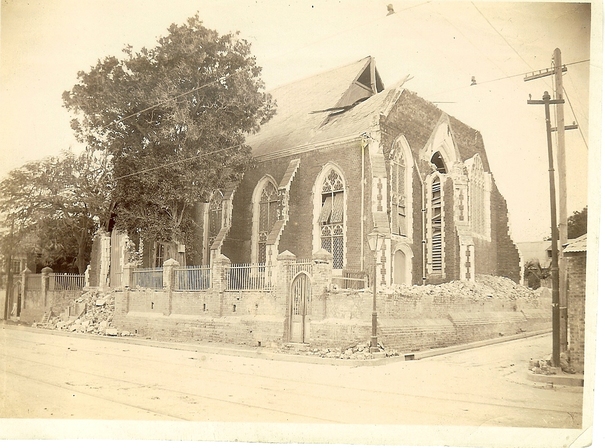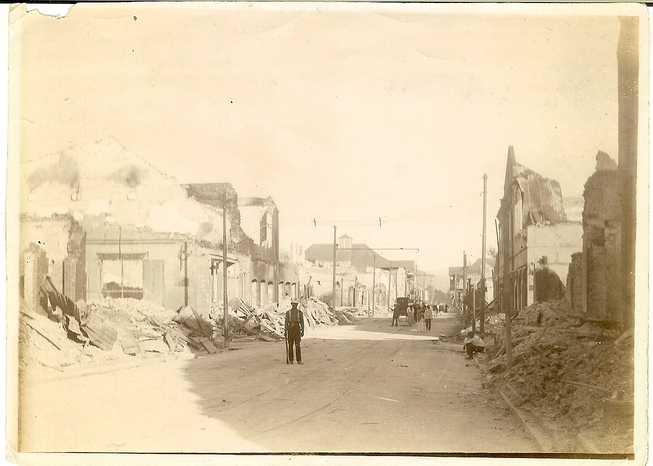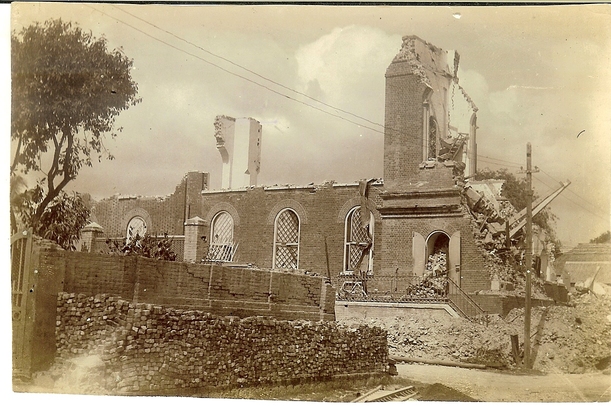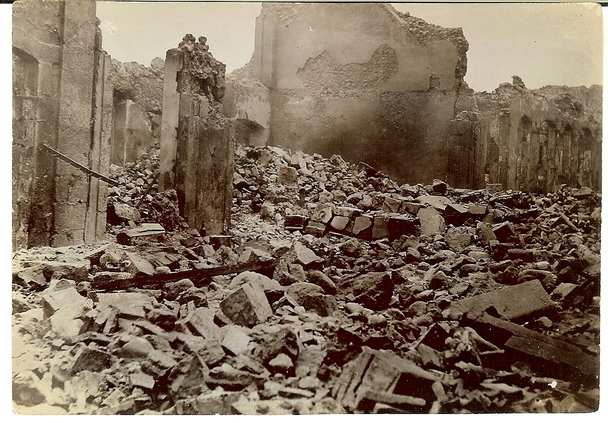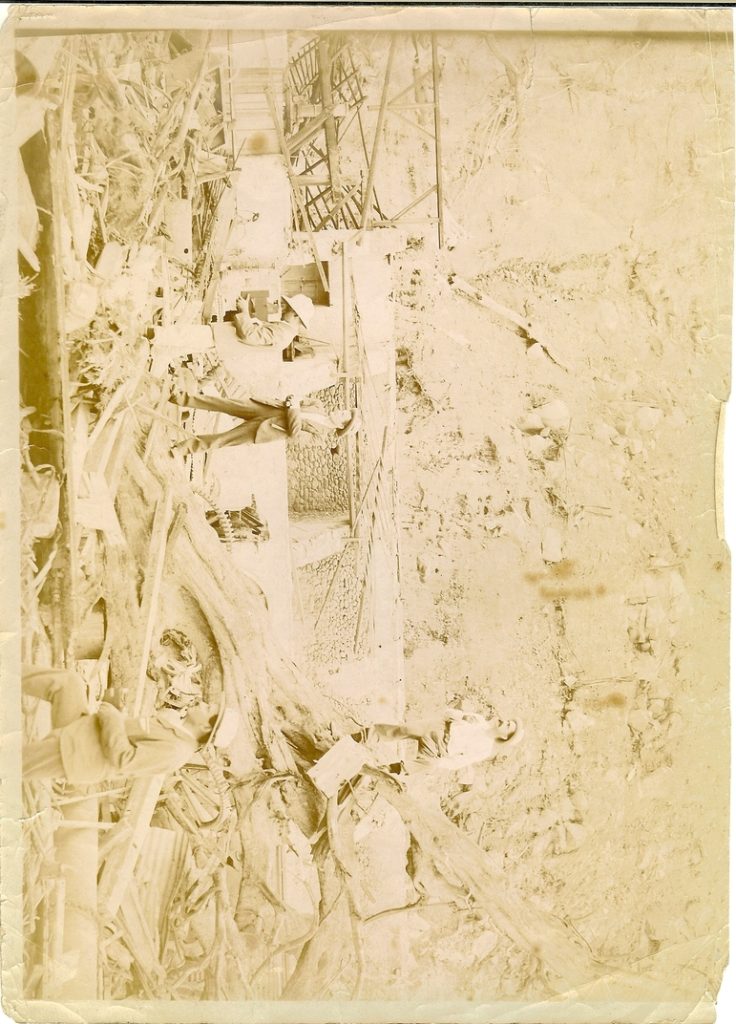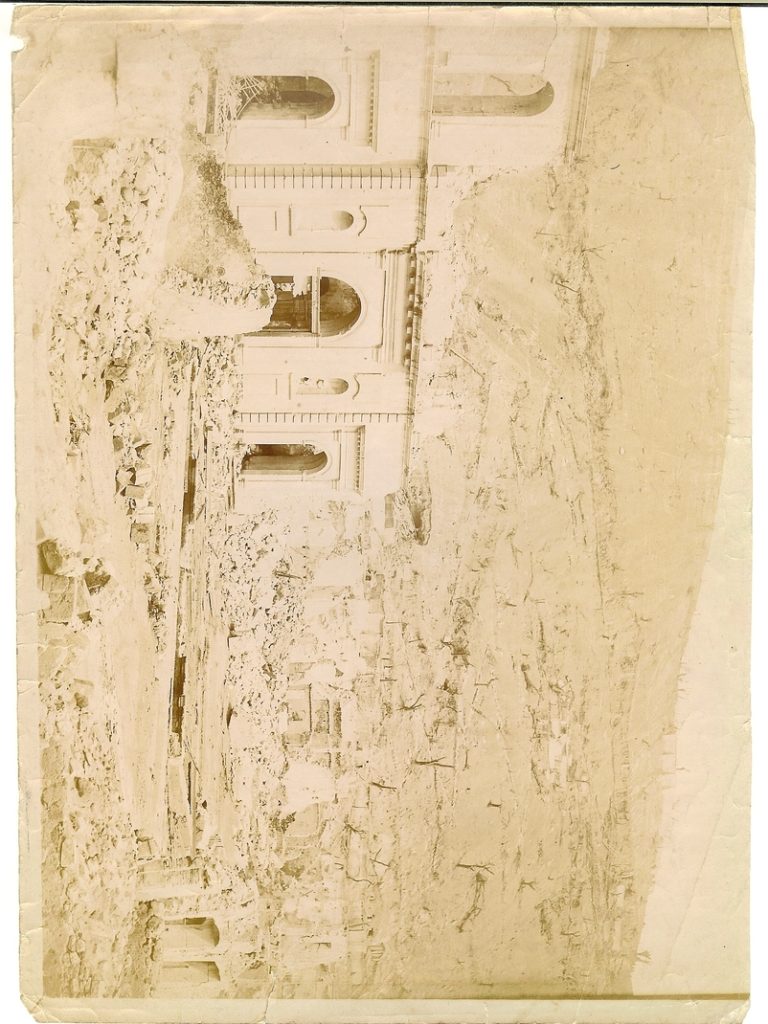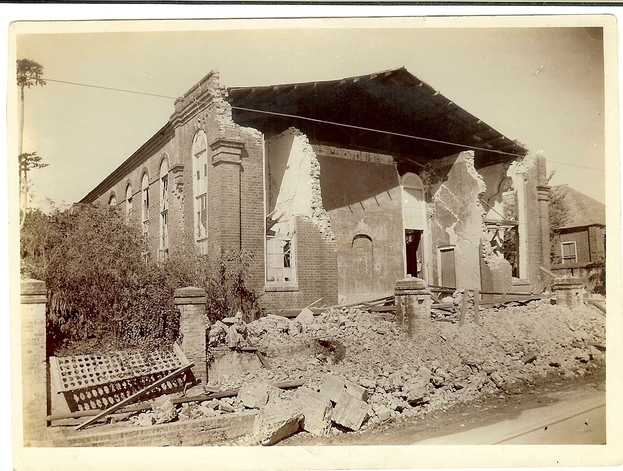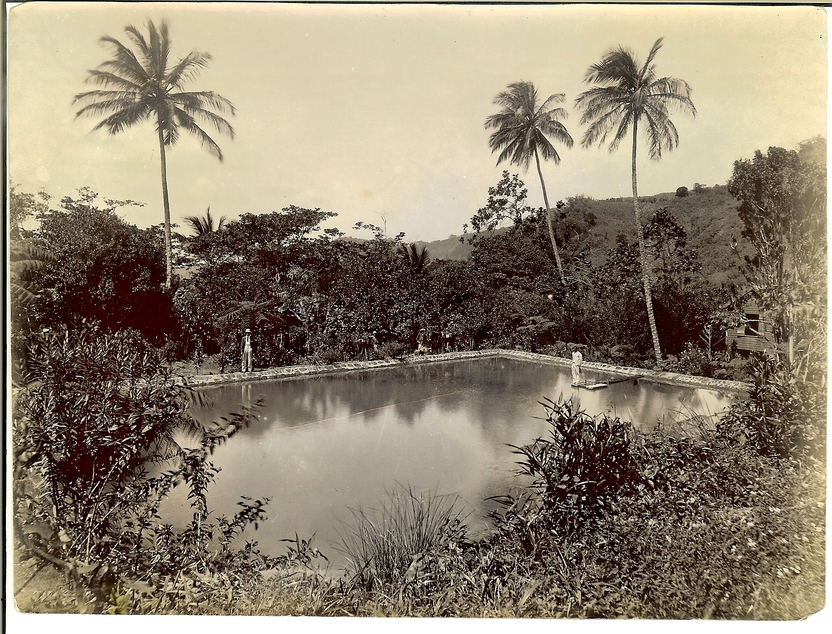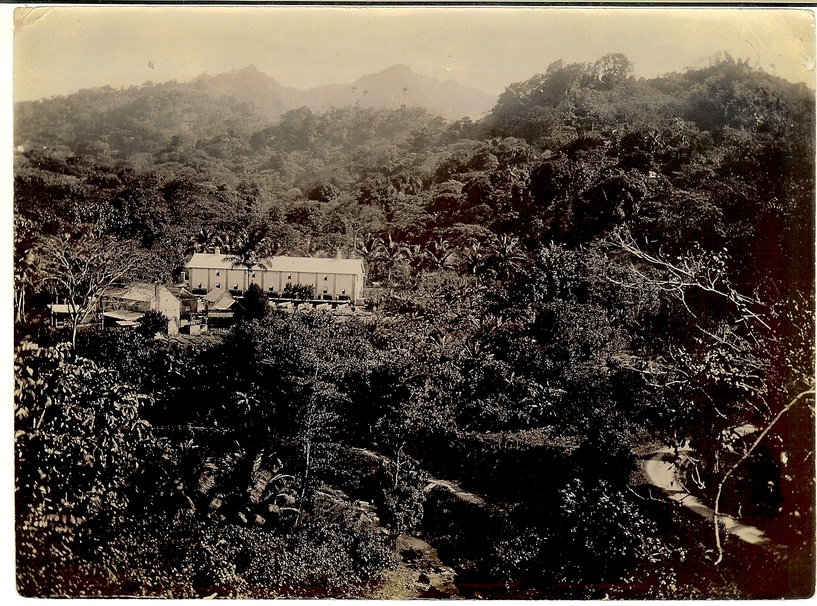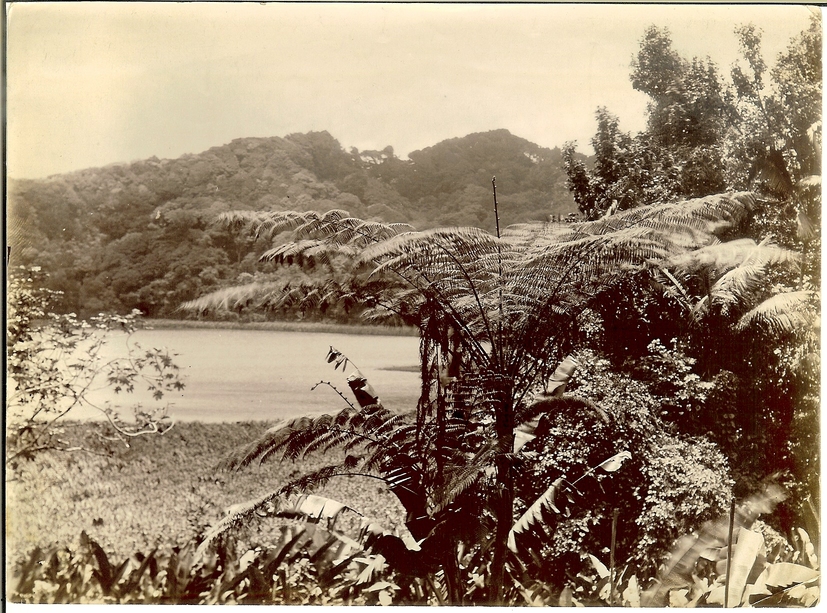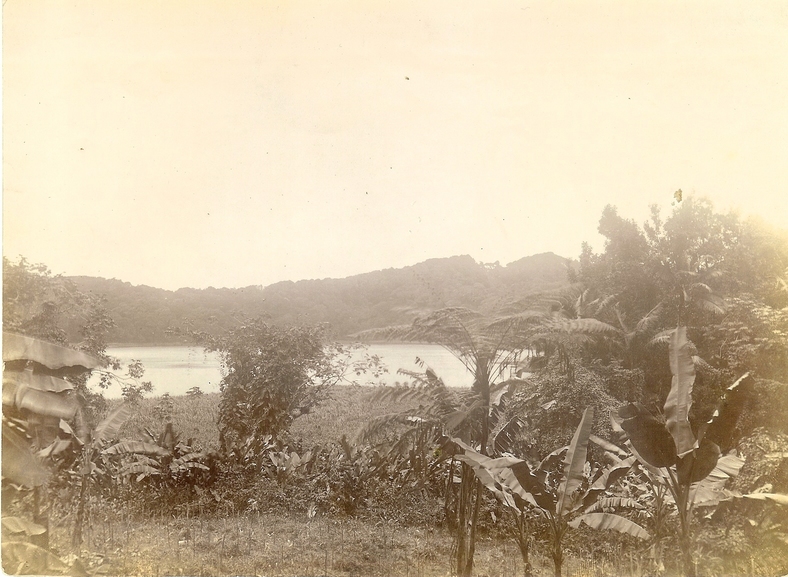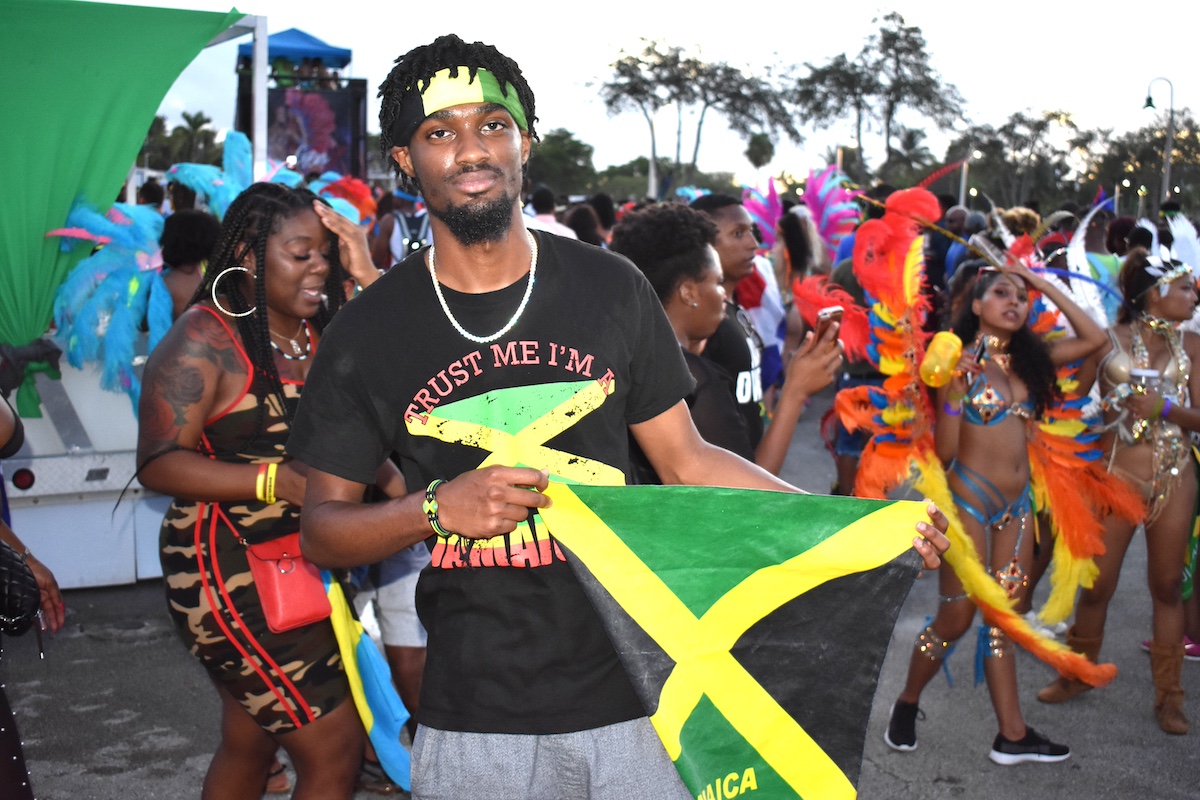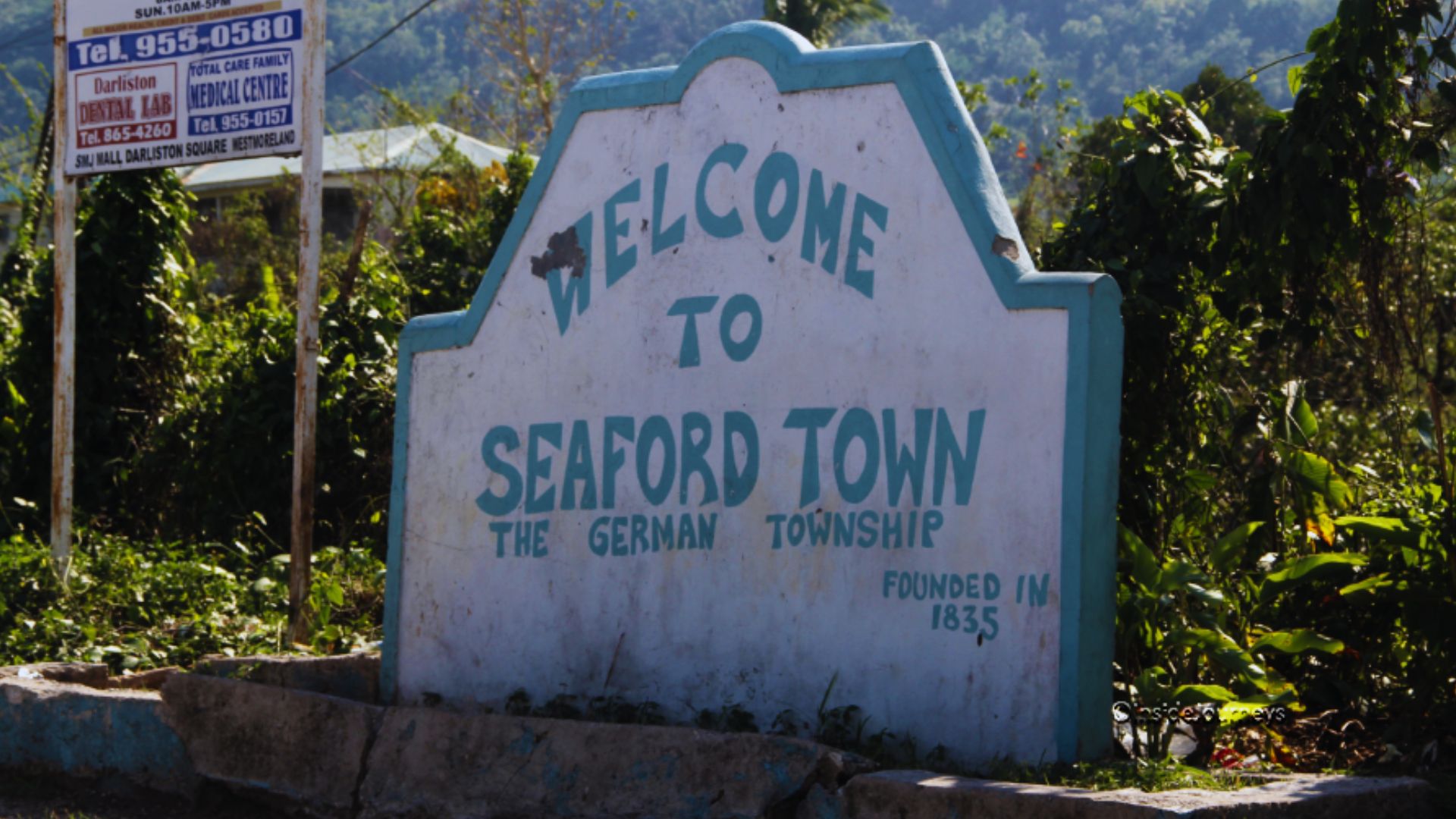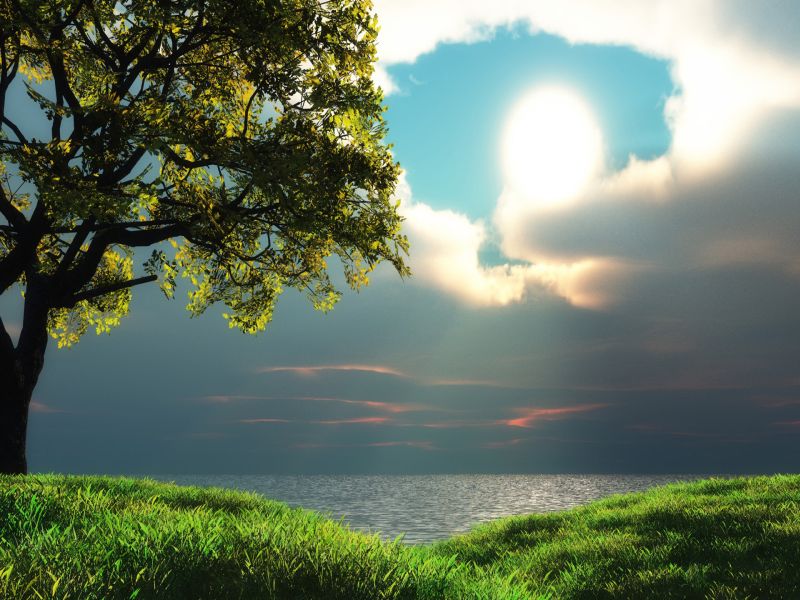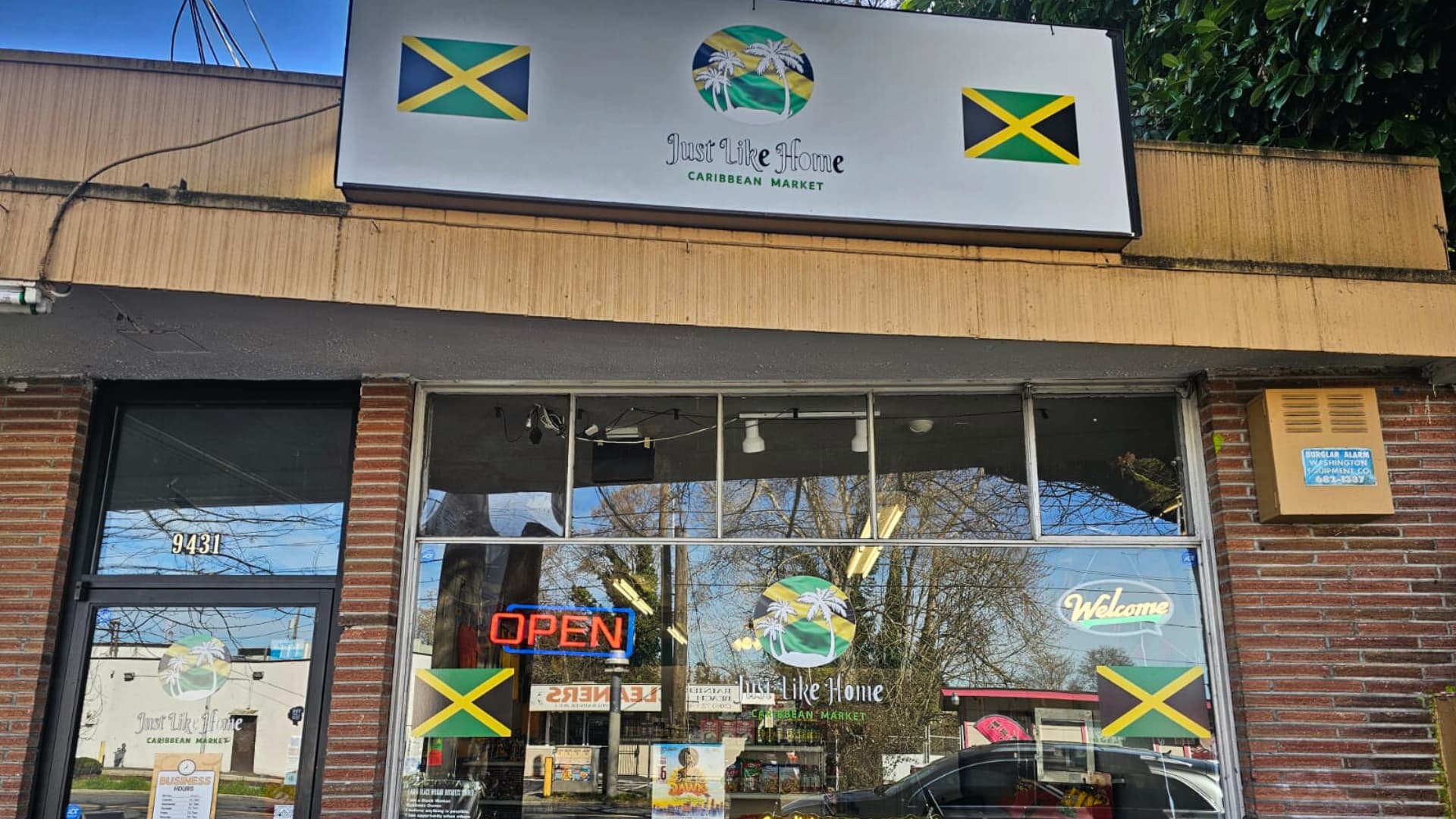On Jan. 14, 1907, a 6.5 magnitude earthquake rocked the capital of Jamaica at approximately 3:30 p.m. It was preceded by the sound of a great rushing wind or a train roaring through a tunnel.
The United States Geological Survey deemed it one of the deadliest earthquakes in recorded history. The primary shock wave lasted for 35 seconds, with following shocks ebbing and waning as the tectonic displacement continued. Eighty aftershocks were felt, with the largest occurring on Feb. 23, 1907.
Widespread Damage in Kingston, Jamaica
More than 1,000 people died. No structure in Kingston escaped unscathed and fires raged for three hours before efforts could be made to extinguish them – but that wasn’t the end of the nightmare. A tsunami with a wave height of about 8 ft. followed about three minutes later. The sea level dropped by almost nine feet and retreated 260 ft. from the island before returning. Seiches were observed in Kingston Harbor.
The only passenger ship, the Port Kingston, was placed into service as a makeshift hospital and operating theatre, along with parts of the wharf. Kingston Public Hospital continued to operate despite the loss of its water supply. Aid came from England, Cuba and the U.S. The U.S. sent three Navy warships with men and supplies on Jan. 17 that was viewed with disfavor and Jamaica’s governor rejected an offer of eight surgeons from the U.S.
Epicenter North of Buff Bay & Annotto Bay
The exact location of the tectonic shift was never exactly determined as the only seismograph on Jamaica was rendered inoperable at the time of the quake. Jamaica lies within a complex zone of fault lines and geologists estimate the epicenter was a few miles off the north coast of Buff Bay and Annotto Bay where the greatest damage occurred.
Much of the Kingston business district was destroyed. In some places, fires raged for four days. The earthquake caused approximately $30 million in damage, equal to $789,473,684 in 2019 dollars.
See the photos live at the Island SPACE Caribbean Museum.
Photos provided by Brendan
